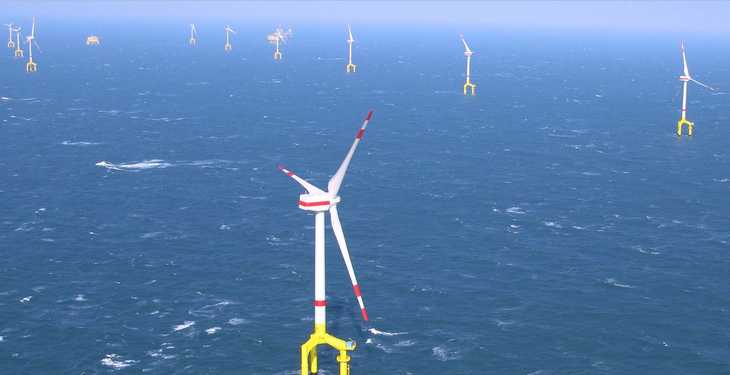Offshore wind farms produce electricity more reliably than previously thought, a study by research institute Fraunhofer IWES has shown. Wind turbines in the German North- and Baltic Sea produce power on 363 days a year, while older data from 2013 had seen generation on 340 days. Germany has a capacity of five gigawatts of offshore wind power installed. Industry organisation Foundation Offshore Wind Energy says that the new figures show how offshore wind power can provide electricity in a more constant and predictable way, compared to onshore wind and solar power, according to cleanenergywire.org.
Onshore wind power capacity in Germany has increased more than 1,000 times since 1990. A combination of idealistic impetus and entrepreneurial enthusiasm among citizens has brought the number of wind turbines up to almost 30,000. Onshore wind power today is the largest renewable energy sector in the country, a vibrant industry, and a central pillar of the Energiewende. A record expansion period, however, has not shielded the industry from a sweeping change of political conditions, intensifying competition, and adamant rejection by parts of the population. But wind power companies have long sought to become more independent of their home market, drawing international investors’ attention and pushing energy transition around the globe.
